Apple’s new iPhone Air may sit alongside the iPhone 17 lineup, but there’s one detail buried in the spec sheet that stands out: MagSafe charging tops out at 20W.
That’s slower than the 25W speeds supported by the other iPhone 17 models — and even the iPhone 16 series before it thanks to iOS 26. So why would Apple hold the Air back here?
iPhone Air’s 20W MagSafe Cap Explained
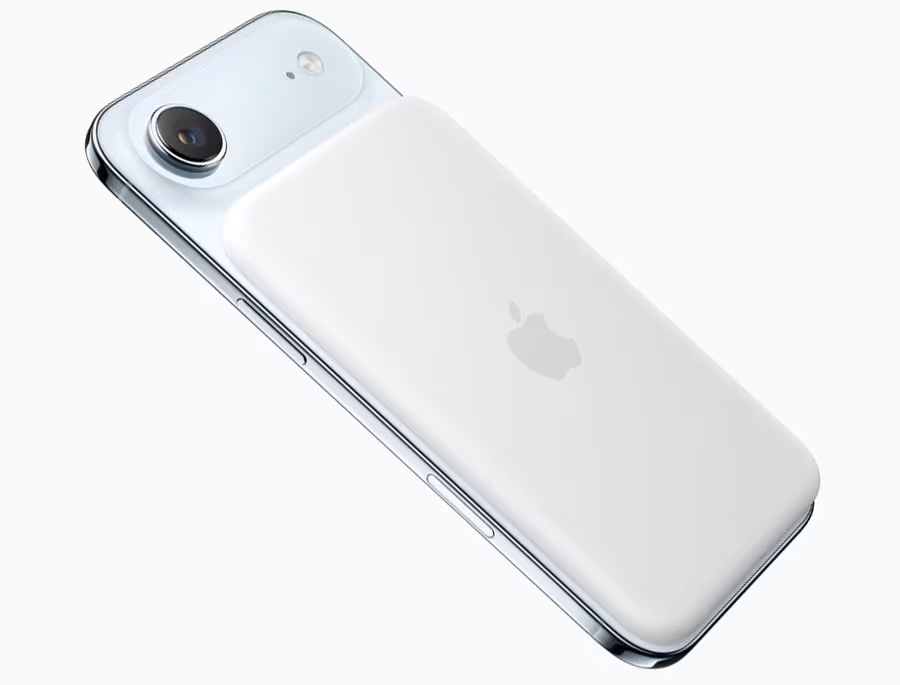
According to Apple’s official specs, the iPhone Air can hit 20W speeds over MagSafe and Qi2, compared to 25W on the iPhone 17, 17 Pro, and 17 Pro Max. Over USB-C, however, it still supports 20W fast charging, which delivers about a 50% charge in 30 minutes.
Then there’s the new MagSafe Battery made just for iPhone Air, which maxes out at 12W when used wirelessly — unless it’s plugged in for passthrough charging. Clearly, Apple isn’t trying to set speed records with this model.
Efficiency Over Raw Power?
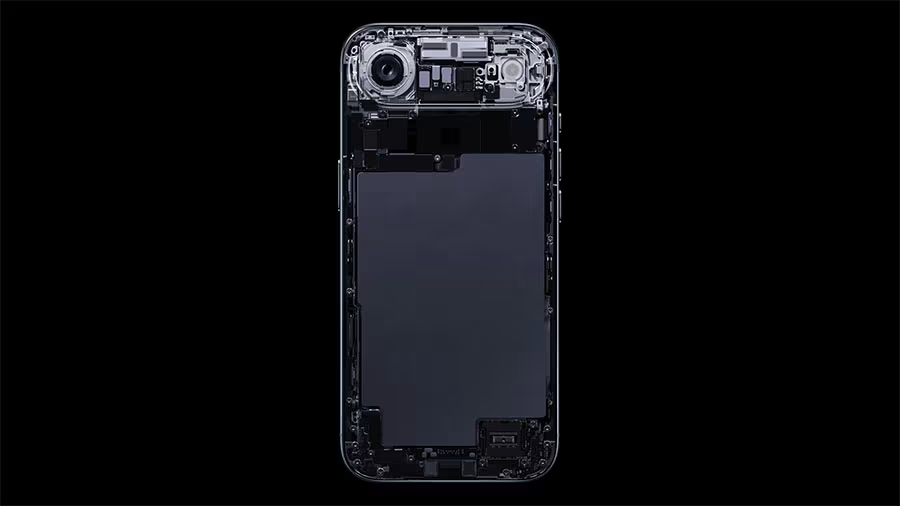
The iPhone Air has the smallest battery in the iPhone 17 lineup, and Apple says it uses high-density battery technology. That might explain the slower speeds — smaller batteries don’t always play nicely with higher wattages.
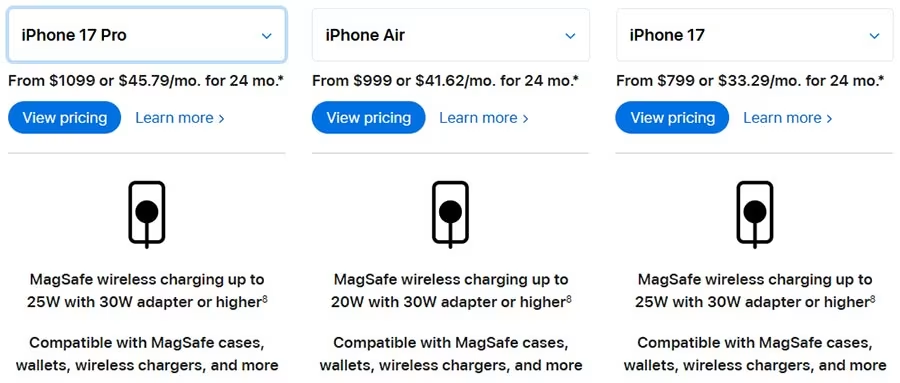
But what really makes this move interesting is how Apple aligned both the iPhone Air and its MagSafe Battery around modest charging limits. Instead of pushing for headline-grabbing wattage, Apple seems to be aiming for consistent performance, lower heat, and better long-term battery health.
Suggested: iPhone Air vs iPhone 17 vs iPhone 17 Pro Max: Which One Lasts the Longest?
Still, it leaves us wondering: why stop at 20W when even last year’s iPhone 16 can now charge faster? Is this purely a design trade-off, or part of Apple drawing a sharper line between the Air and Pro models?


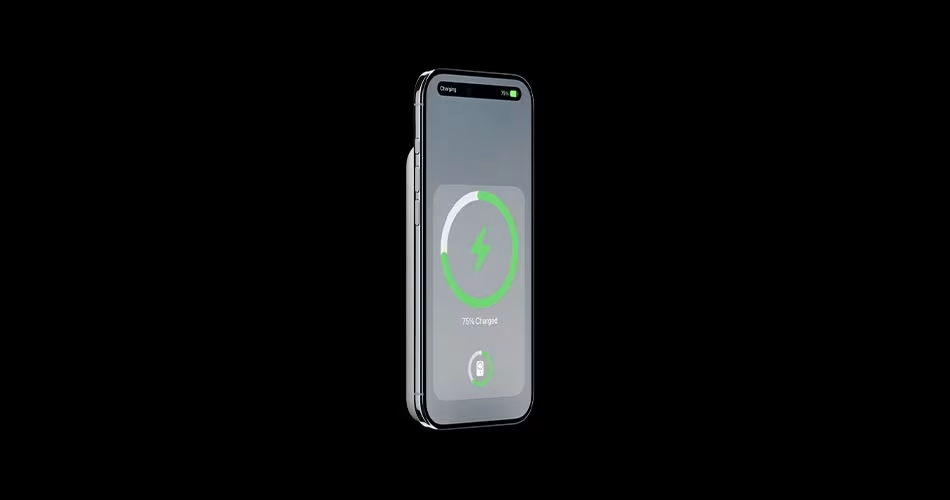

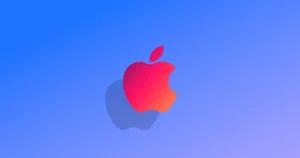

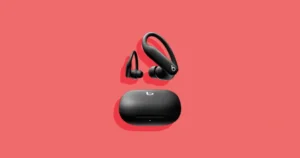
Comments